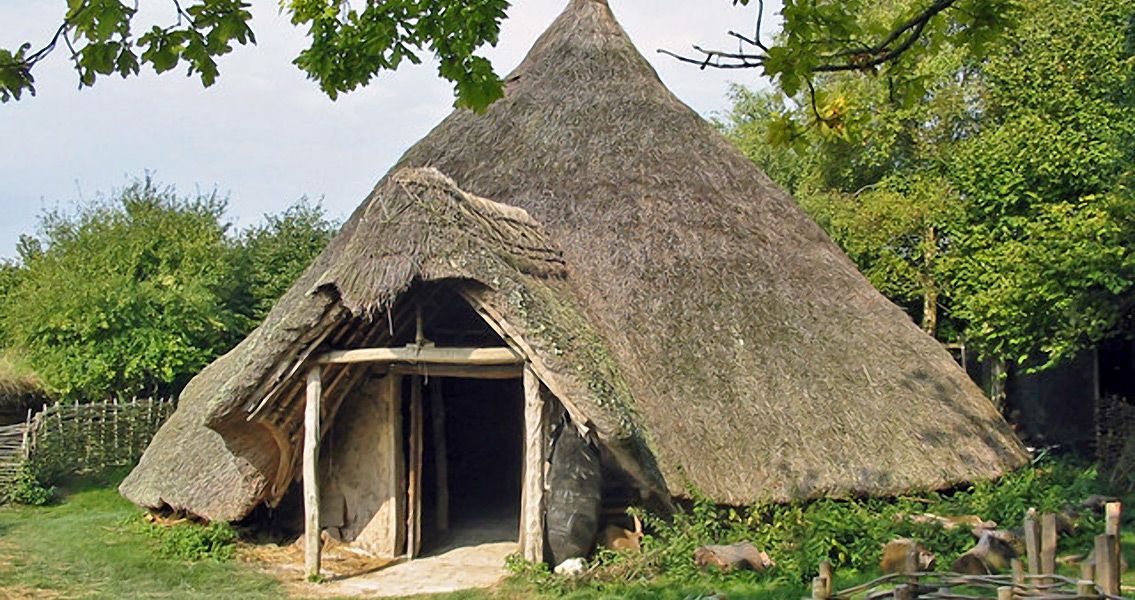<![CDATA[An Iron Age town dating back to before the Roman invasion of Britain has been discovered in Dorset, England, during an annual university-sponsored archaeology event. The Durotriges Big Dig, sponsored by Bournemouth University and named for the tribe of Iron Age natives from the area, is a yearly event that exposes students to field work by excavating promising sites. In past years, university students have unearthed a number of artifacts, including skeletal remains and the remnants of Roman colonial villas, but this new discovery is one for the record books. The remains of sixteen roundhouses dating back before the first century CE have been physically excavated by Bournemouth students working alongside Big Dig staff; geophysical surveys have also found that the East Dorset hill slope where the homes were found is hiding at least an additional 150 roundhouses as well. Big Dig co-director Miles Russell, a doctor of archaeology from Bournemouth University, said in a statement that the entirety of the find represents a “proto-urban settlement” that is one of the largest ever unearthed in the UK. Additionally, the prehistoric town, which features pre-Roman structures exclusively, could help reconstruct the migratory movements of the inhabitants of Maiden Castle, a nearby ruin near Dorchester that was likely abandoned in the first century BCE. Most archaeological studies have been much more interested in bigger sites like Maiden Castle, said Dr. Russell, especially since these sites tend to be large, obvious hill forts. However, with the new town not being part of a hill fort but instead open without any accompanying earthworks, it was less likely to be spotted and garner any attention. Fellow Bournemouth University archaeologist and Big Dig co-director Paul Cheetham also commented on the find, stating that the discovery of the new open settlement raises the question of whether there were other large population centers prior to the arrival of the Romans in the middle of the first century CE. The sheer size of the settlement makes it highly unlikely that the Romans didn’t encounter it, Cheetham added, remarking that the dominant understanding of how early Britons lived – sequestered in hill forts instead of spread across farmland – could be more than a bit of a myth. In addition to the discovery of the roundhouses made by the students, several other artifacts pointing to the everyday activities of the town’s population have also been recovered from the ground. Debris left over from metalworking, grinding stones and spindle components for weaving, and the remains of animal skeletons have all been brought out into the light, painting a picture of a bustling township that was humming with activity during its heyday. The last day of the Big Dig for this year was open to the public, which allowed visitors to see the discoveries made this year firsthand. Hundreds were in attendance, according to Bournemouth University, as the event was held as part of the university’s Festival of Learning. Image courtesy of Wikimedia Commons user: Clive Perrin ]]>
Pre-Roman Iron Age Town Unearthed in Dorset
